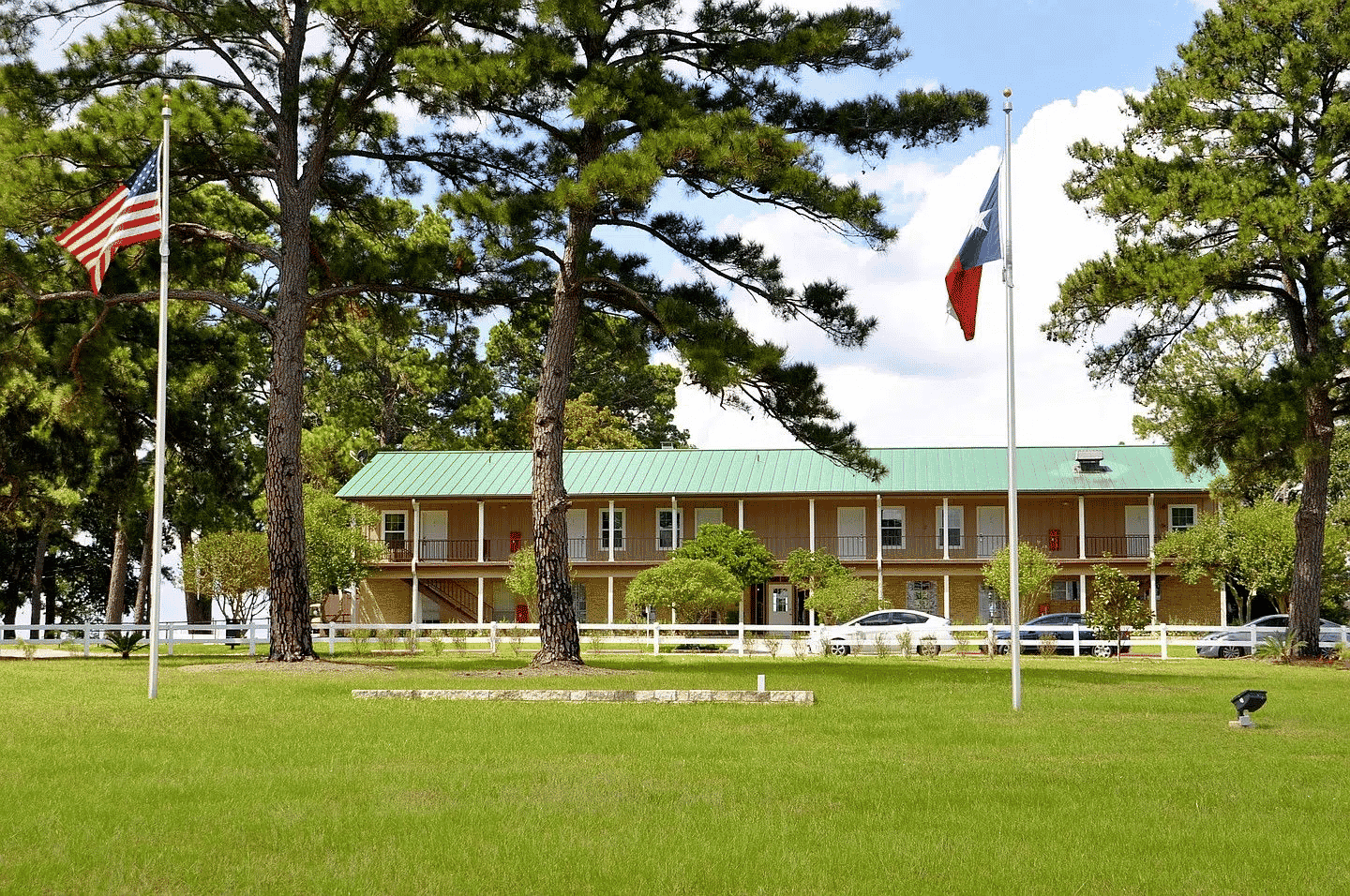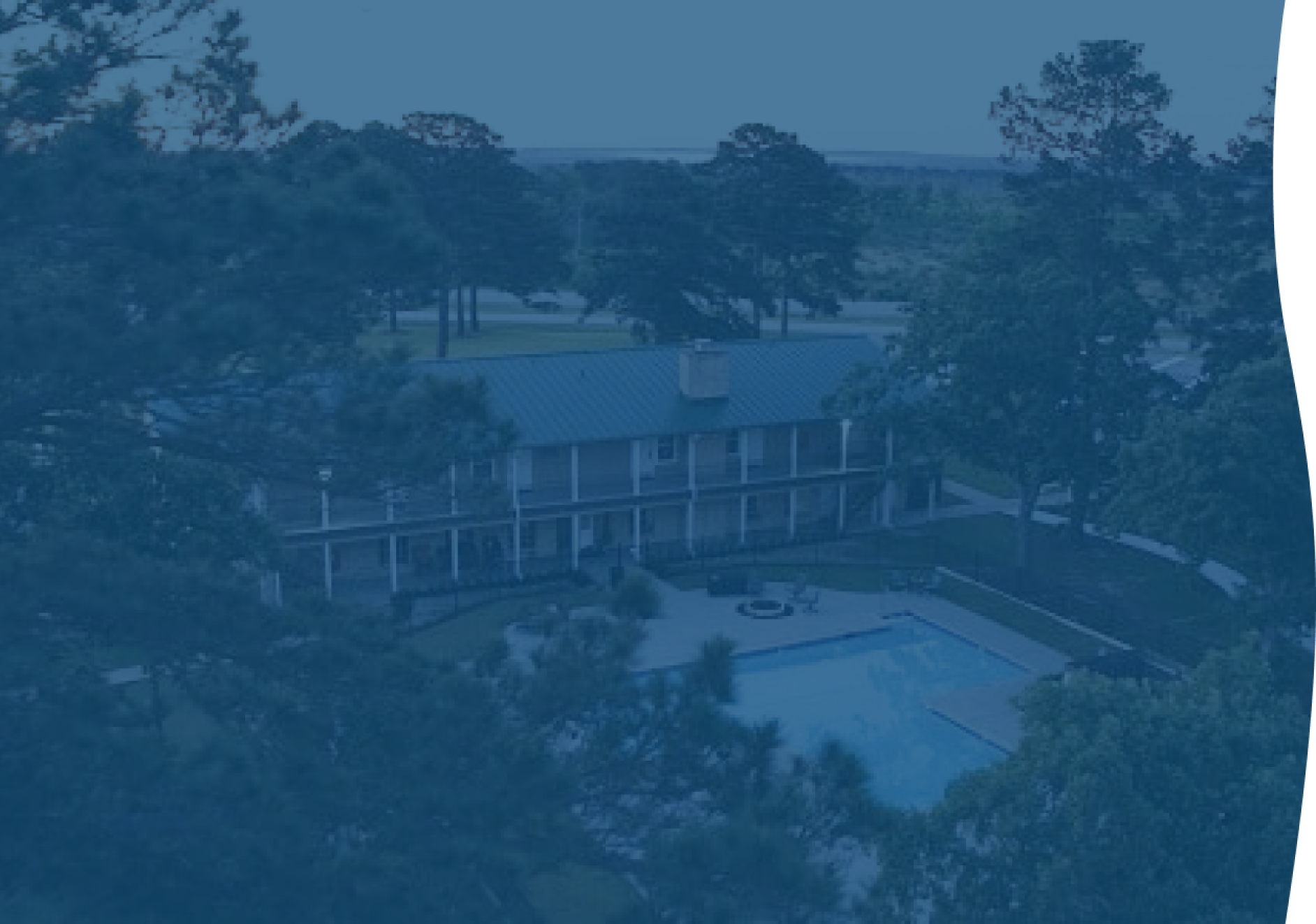
Willow Springs Recovery - Austin, Texas
GET HONEST & ACCURATE QUOTE
Luxury Rehab in Dallas, Texas
Top rated addiction treatment located on 38 acres of quiet and calming scenery.
- Keep your phone and laptop
- Safe 24/7 monitored detox
- SMART options
- Dual diagnosis programs
- Long-term arrangements
- Thorough aftercare planning
- Located in Bastrop, Texas
- Out of state options in CA, CO and IL
Check your coverage and get informed on admission process! Call us at:
 555-555-5555*
555-555-5555*
*HIPPA Compliant and 100% confidential
MAXIMIZE YOUR PPO COVERAGE WITH OUR HELP
We will work with insurance to get you the best possible coverage and minimize expenses.
Treatment for substance use disorders (SUD) is expensive but so is the lack of treatment. According to a 2018 report to the Texas legislature, emergency room visits due to patients with unmet SUD needs cost $350 million per year.
That’s a low-ball estimate because it excludes:
- People with medical conditions that are comorbid with SUDs, such as hepatitis
- People with injuries that resulted from their being intoxicated
- People with mental health disorders who also had a SUD. (As much as 25% of youths with substance use disorders also have co-occurring mental health disorders and 33% of adults.)
The total costs of the opioid crisis (for healthcare, lost productivity, SUD treatment, arrests and trials, and incarceration of drug criminals) add up to $20 billion annually in Texas alone and $500 billion in the United States.

Drug Abuse in Dallas, TX
Dallas has the third-largest population among Texas cities (1,347,120)—4.5%. It also accounts for about 51% of the population of Texas’ second-largest county, Dallas County.
Compared to most of the United States, Texas doesn’t seem to have that bad a drug abuse program. Still, its drug rehab numbers aren’t great and its alcohol abuse and drunk driving rates are higher than most of the country.
According to WalletHub, in 2021, Texas had the third-lowest (49th) rate of drug use and addiction in the nation.
It also had half the rate of drug overdose deaths of the US as a whole (10.8 vs. 21.6 per 100,000). Only 48% involved opioids (US: 71%), a rate of 5.1 out of 100,000 (US: 15.5).
Per capita, of the states, Texas had the:
- Fewest adult drug users
- Fewest adults who need but haven’t gotten drug treatment
- Fewest overdose deaths
Yet that doesn’t mean Texas and Dallas don’t have drug problems. In 2019, the Drug Enforcement Agency’s Dallas Field Division said the biggest drug threat in the region was methamphetamine, followed by heroin, pharmaceuticals (including prescription opioids), cocaine, and marijuana.
In Dallas County, the drug poisoning death rate was 13 per 100,000—higher than all but four other Texas counties—comparing poorly next to the Texas rate of 10.6 but favorably next to the U.S. rate of 21.
In one January 2022 drug bust, the North Texas Organized Crime Drug Enforcement Task Force (OCDETF) netted 220 pounds of cocaine, methamphetamine, and fentanyl-laced counterfeit pills in the North Dallas neighborhood of Hamilton Park.
(Fentanyl, a powerful synthetic opioid that’s responsible for most overdose deaths nationwide, was not as much of a threat in Texas at the time. By September 2021, however, DEA Dallas said two out of five pills impounded during drug busts were counterfeits containing a lethal dose of fentanyl.)
Alcohol Abuse in Dallas, TX
On the other hand, its recent alcohol death rates look much worse.
In 2019, drunk driving accounted for 37% of traffic fatalities in Texas—1,332, the highest number and the fourth-highest rate—and 13% of drunk driving deaths in the United States (but only 9% of the population).
(The rate of alcohol-involved driving deaths in Dallas County was slightly lower than Texas as a whole at 30.6%, in third place for the state.)
That’s not even half of all the alcohol-related deaths in Texas, however. Chronic alcohol use—such as alcohol use disorders and binge drinking—caused 52.3% of them: 8.7 per 100,000. (The national rate was only about 95,000 and 10.4%.)
What is Luxury Rehab?
There is no industry standard or medical definition of luxury rehab beyond what the term suggests: alcohol and drug rehab with luxuries. To an extent, it’s a marketing term. What those luxuries entail may differ from rehab to rehab.
As a rehab for treatment of substance use disorders, a luxury rehab in Dallas, TX should cover the basics:
- An in-depth evaluation of each client’s SUD—also determines if there is a co-occurring mental health disorder or dual diagnosis—upon intake.
- Detoxification services on-site or in another facility as needed.
- Some form of behavioral psychotherapy, individual and group.
- Access to 12-step or other peer support groups.
- Drug education
- Availability of medication-assisted treatment to maintain sobriety if needed.
- An aftercare plan to help clients stay sober after leaving the rehab program.
Normally, rehabs offer an outpatient level of care—standard program, intensive outpatient program (IOP), or partial hospitalization program (PHP)—as well as an inpatient or residential level. Luxury rehabs are inpatient only.
Outpatient programs involve visiting the rehab center—for counseling, therapy, and education—for several hours a week, but not living there. Clients at a luxury rehab need or want 24-hour care. They pay for the luxuries that make that care and stay more tolerable.
Differences between Luxury and Non-Luxury Rehabs
The two main differences between a luxury and non-luxury rehab in Dallas, TX are the number of treatments and the facilities.
More treatment options
Substance use disorders aren’t just about using or not using. Keeping someone sorbet for 90 days alone is not enough to treat addiction. While substance use disorder is a chronic mental condition, like a disease, it is also a mental health disorder.
The brain has been programmed to need drugs or alcohol. Deprogramming the brain requires changing the way it thinks with counseling or therapy.
A decent rehab will offer basic psychotherapy or talk therapy.
A good rehab will offer cognitive-behavioral therapy (CBT), a type of therapy that focuses on uncovering and correcting negative thought patterns that can lead to low self-esteem and substance use disorder.
A luxury rehab may offer additional therapies, or combinations of therapies, some of which work better for specific types of addiction:
- Rational Emotive Behavior Therapy. A form of CBT that deals with irrational thinking. This may be of special benefit to athletes.
- Dialectical Behavior Therapy (DBT). Another variation of CBT, DBT emphasizes acceptance, not change. It’s of particular benefit to co-occurring borderline personality disorder (BPD) and SUD with suicidal ideation.
- Motivational Interviewing. The goal is persuading clients to want to change through empathy. May increase retention in substance use disorder treatment programs.
- 12-Step Facilitation. Because membership in a 12-step group or other peer support fellowship may help maintain sobriety after clients leave rehab, this is encouraged.
- Contingency Management. The use of incentives—cash, prizes, affirmations—helps maintain or reward sobriety.
- Matrix Model. A specialized combination of therapies—CBT, motivational interviewing, 12-step facilitation—created to treat stimulant abuse such as cocaine.
Holistic therapies
Also known as complementary and alternative medicine (CAM), these are non-scientific or evidence-based practices, often based on traditional medicine, that may assist in rehab. These practices include:
- Acupuncture
- Massage therapy
- Deep breathing
- Mindfulness meditation
- Guided imagery or creative visualization
- Movement therapies (yoga, tai chi, qi gong)
- Hypnotherapy
- Horse therapy (riding and caring for horses)
- Music therapy
Accommodations and Amenities.
While some rehabs believe recovery is more effective in spartan or rough conditions, that can be a distraction. Withdrawal and recovery are already distracting.
The philosophy at luxury rehab centers in Dallas, TX is that recovery is easier if the clients have their needs cared for so they can concentrate on recovery with no more discomfort than is necessary.
The amenities at a luxury rehab are similar to those at a hotel or resort, such as:
- Private or semi-private rooms.
- Good furnishings.
- Catered or chef-prepared food.
- Exercise equipment or a full gym
- A swimming pool, hot tub, or body of water and beach within walking distance.
- Nature trails, woodlands, mountains, Scenic nature within walking distance.
- A business center or dedicated home office.
If nothing else, clients are willing to stay longer because they are comfortable.
More staff
Luxury rehab is more likely to have a lower client-to-staff ratio, that is, for each staff member to be responsible for fewer clients. There is no industry standard ratio for the best care.
Different states and different types of facilities may require a different ratio or set no specific guidelines. A 10-to-1 client-to-staff ratio may be as acceptable as a 3-to-1.
In general, more staff—including but not limited to just nurses, counselors, and physicians—implies better care. The American Nurses Association suggests a 4-to-1 ratio of client-to-nurse for medical and psychiatric facilities.
Support for college students
Luxury rehab is mostly enjoyed by older and wealthier people or those with great health insurance. Younger people are most in need of rehab—or better yet, SUD prevention.
The young (pre-age 25) brain is still developing and so is most susceptible to long-term substance use disorders such as addiction. Most people who use alcohol or drugs (86%) started between ages 15 and 24. Less than 3% commence such substance use at age 25 or older.
A 2016–2017 survey from the Substance Use Disorder and Mental Health Services Administration (SAMHSA) found that of Texas students:
- 8% of 12-year-olds or older admitted to past-month illegal drug use.
- 14% in high school illicitly used prescription drugs
- 4% of 18-to 25-year-olds used cocaine in the last year.
- 5% of Texas students with HIV diagnoses attributed it to injection drug use.
Because young people are so much at risk, colleges and universities in Dallas, TX—and the Dallas Independent School District (ISD— offer alcohol and drug programs, though fewer than half of the eligible students are aware of them.
Dallas colleges with substance use disorder prevention programs include:
A drug or alcohol treatment program doesn’t need to offer luxury services to be effective, but it may help convince people to seek and stay in rehab.
Sources
Medical disclaimer:
Sunshine Behavioral Health strives to help people who are facing substance abuse, addiction, mental health disorders, or a combination of these conditions. It does this by providing compassionate care and evidence-based content that addresses health, treatment, and recovery.
Licensed medical professionals review material we publish on our site. The material is not a substitute for qualified medical diagnoses, treatment, or advice. It should not be used to replace the suggestions of your personal physician or other health care professionals.





